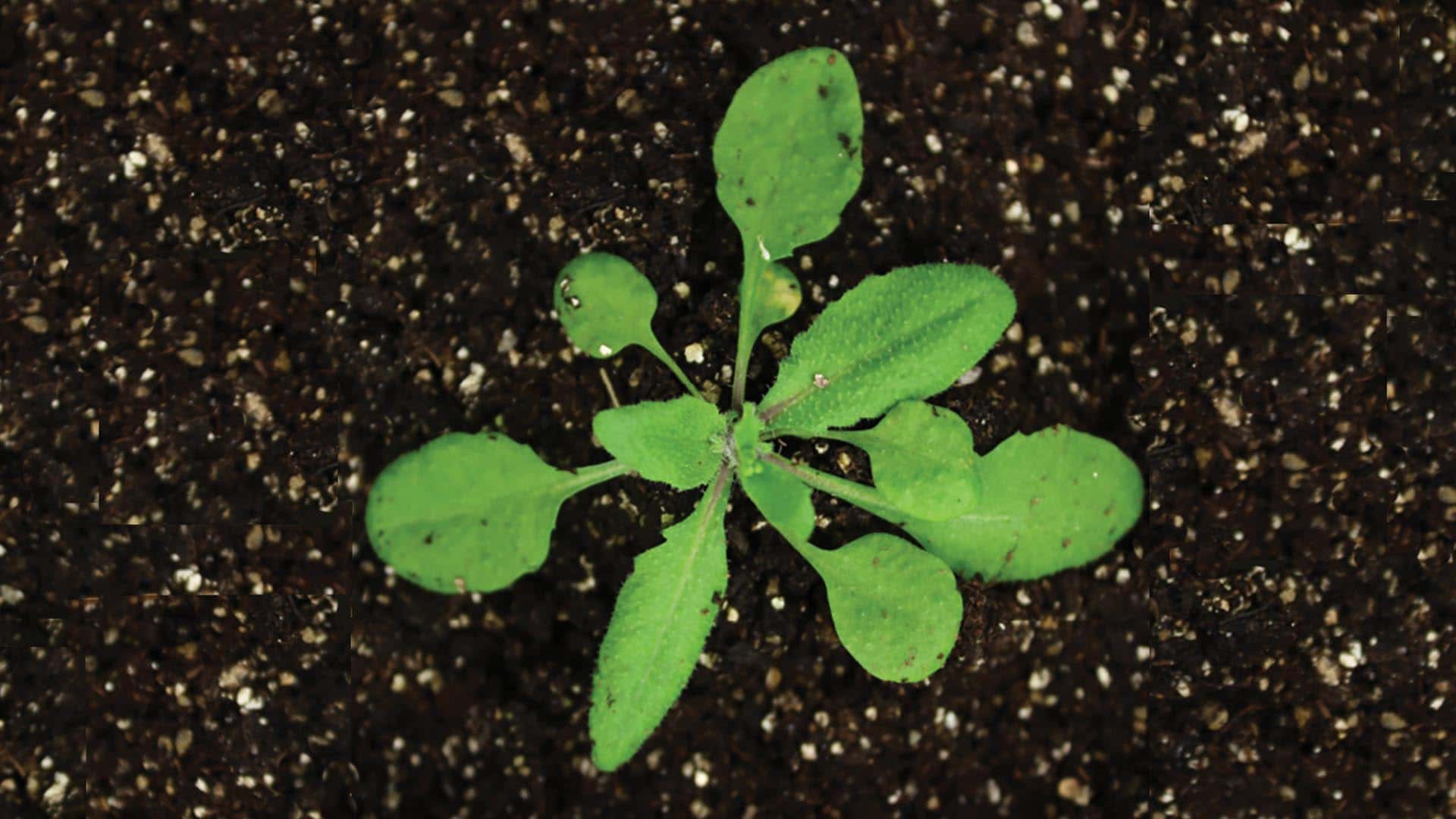Similar to humans, plants also exhibit a form of memory. However, in plants, this type of memory, known as “epigenetic memory,” is different from what we usually consider “memory.” Epigenetic memory happens through modifications to histones, proteins responsible for packaging and organizing DNA. Now, scientists at the Cold Harbor Laboratory have identified the mechanism by which plants pass down genetic memory to their offspring.

The study was focused on the transmission of chemical markers that guide cells on how to use the genetic code embedded in the DNA. This phenomenon, epigenetic inheritance, is common in plants.
Humans and other animals rely on epigenetic inheritance as well, but figuring out the mechanisms behind this process in plants has proven very challenging.
Professors Rob Martienssen and Leemor Joshua-Tor looked at how plants transmit markers that inhibit the activity of disruptive genes called transposons, also known as jumping genes. When activated, they can relocate and disturb other genes. To prevent this, cells attach regulatory markers to specific DNA sites, a process called methylation.
The researchers studied how a protein called DDM1 clears the way for the specific enzymes that place these markers on new DNA strands. Plant cells need DDM1 to access their DNA, which is packed around histones to keep the strands compact.
“But that blocks access to the DNA for all sorts of important enzymes,” Martienssen explained. So, in order for methylation to take place, “you have to remove or slide the histones out of the way,” he added. This is where DDM1 enters the stage.
The protein slides DNA away from the packaging proteins to expose the areas in the plant genome that need methylation. It’s like the way a yo-yo glides along a string, Martienssen said.
Decades of work
Martienssen and a former colleague, Eric Richards, first discovered DDM1 three decades ago. This study builds upon that finding by using a specific plant, Arabidopsis thaliana. The researchers identified the specific histones displaced by DDM1 and used cryo-electron microscopy to capture images of the enzyme interacting with DNA.
This allowed them to see how DDM1 attaches to specific histones to remodel packaged DNA. “An unexpected bond that ties DDM1 together turned out to correspond to the first mutation found all those years ago,” Joshua-Tor said in a news release. They also found how DDM1’s preference for certain histones preserves epigenetic controls across generations.
The researchers showed that a specific histone, found only in pollen, resists DDM1 and acts as a placeholder during cell division. “It remembers where the histone was during plant development and retains that memory into the next generation,” Martienssen said in a news release.
While focused on plants, the study has implications beyond them. Humans also rely on DDM1-like proteins to maintain DNA methylation. This suggests that the findings could one day explain how those proteins keep our genomes functional and intact. But more research will be needed.
The study was published in the journal Cell.






